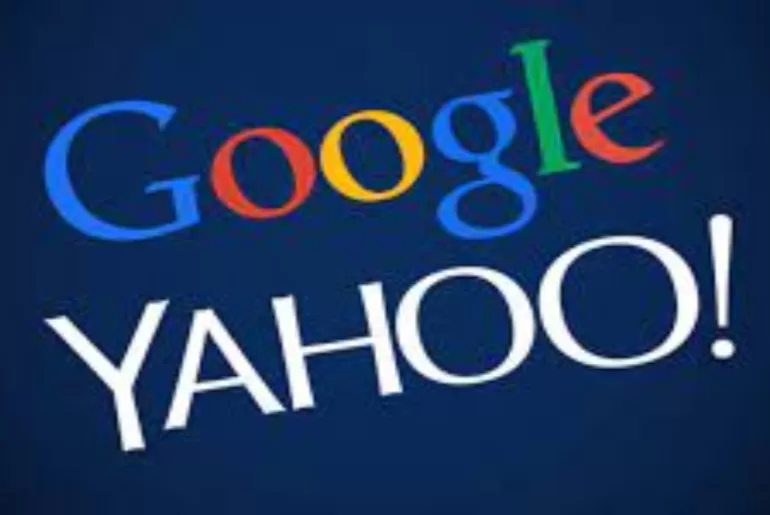From possession in a dash with friends to fastening important and vital business deals and other projects, email, however, has long been a cornerstone and the main hidden feature of communications in the digital age and as a whole. However, it was on the other side, and notably, spam and shady emails have been a spike and even more than that on our side for too long, and email service providers share the plight.
Meanwhile, in response, Google and Yahoo have introduced new and outstanding policies aimed at controlling spam and enhancing email security and the overall experience. The belief is that this will be added to more other security features enacted and developed in the system.
In this case and in a bit, we’ll explore the ins and outs of these policy changes, uncover why they were implemented, analyze how they affect email senders across the board, and provide some more basic and exceptional practical advice on how to adjust to the shifting email environment. This also enables users to feel at ease while online and using the aforementioned services.
By understanding and embracing these additional security changes, most and lots of users can easily fortify their email accounts, bolster security, and enjoy smoother, safer communications as needed and required. They can also be assured and relax while online, thus providing better enhancement.
Starting in the current month of February 2024, Gmail and Yahoo introduced new regulations for bulk email senders, focusing more especially on authentications, unsubscribe options, spam complaint rates, and other relevant security issues and bugs.
However, in short, Gmail’s updates demand stricter email authentication, easier ways to unsubscribe, and a crackdown on spam complaints. This is more deep. Also, it’s all part of a joint effort to boost email security and clamp down on spam, phishing, and impersonation threats. Yahoo’s onboard too, though they’re a bit hazy on the spam complaint side.
The aforementioned development would help lots of users nationwide enjoy their email usage.
In addition, and to put it simply, a bulk email sender is a special software or an application that helps users send the same message to lots of people all at once—let’s say, for example, around 5,000 or more. While a user can also think of it as a way to easily spread the word about things like newsletters, promotions, or other messages they want to share with a bunch of people,.
Exceptionally and amazingly, Google’s recent email guidelines raise questions about who falls into the category of bulk sender. This is so simple to adhere to. Originally labeled “bulk sender guidelines,” Google later clarified the term to “email sender guidelines.” Still, the concept of bulk senders remains significant. I advise users to take note of the given policy, its regulations and status, and how it works.
It is essential and noted as one of the core pillars of the new policies: email authentication, which helps verify the legitimacy of senders and prevents domain spoofing. So, let users talk about the new authentication requirements for bulk email senders, as expected
With effect from this month on, bulk senders are required to implement robust authentication mechanisms, including the Sender Policy Framework (SPF), DomainKeys Identified Mail (DKIM), and Domain-based Message Authentication (DMARC), to ensure the integrity and security of their emails.
Apparently, in this combo, SPF, however, is noted to help prevent someone from faking your email domain, DKIM adds a digital signature to confirm the sender’s identity, and DMARC helps domain owners manage authentication failures. Senders can, however, be certain that their emails are delivered, gain readers’ trust, and reduce the likelihood of phishing by providing proof that their emails are authentic.
Precisely and in good accumulation, both Google and Yahoo mandate that bulk senders implement all three mechanisms, which help ensure emails are secure and protected from unauthorized access. Its good to dive into the aforementioned, and it helps a lot.
Another good thing noted as a key element of the new policies is the enforcement of spam rate limits. These limits are very critical for ensuring that your emails reach recipients’ inboxes instead of getting lost in the spam folder. However, Google has set the bar at 0.1%, meaning that only a small portion of your emails should ever be reported as spam. Going over this threshold could mean your emails end up in the spam folder, where they’re less likely to be seen or opened. On the other hand, Yahoo also has similar limits assigned to their system and configurations as a whole.

